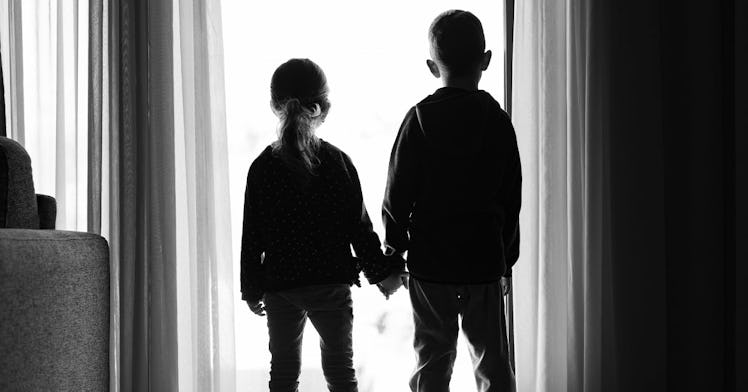Why Many of the Poorest Parents Didn’t Receive Their Child Tax Credit Payment
The new credit could cut child poverty in half. Here are the frustrating reasons it probably won't.

The enhanced child tax credit passed as part of the American Rescue Plan Act in March, has the potential to transform the lives of American families. A Columbia University analysis found that it could cut child poverty in half, from 14 percent to seven percent. That figure assumed, however, that 100 percent of the families eligible for the credit would actually receive it. But in something of a redux of the struggles disbursing stimulus checks last year, it’s clear that many families aren’t receiving the money they’re entitled to.
Besides making the credit more generous and partially paid out through regular payments, the most dramatic change to the child tax credit was making it fully refundable. Poor families are no longer excluded from the old credit because they don’t earn enough for their income to be offset by the tax benefit; the only income restrictions on the new credit are on those making too much money.
The problem is that the IRS is using tax return information to calculate and disburse the payments, but tax returns aren’t required for people who don’t make enough money to pay any income tax on it. That means members of the latter group need to file a tax return declaring their income in order to show that they are eligible for the payments. It’s a process that’s not gone smoothly so far.
There is a tool, the Child Tax Credit Non-filer Sign-up Tool, set up for poor families to enter their information and file what is essentially a simplified version of a standard tax return. The IRS deployed a similar tool to ensure non-filers received the COVID-19 stimulus payments, leading to about 470,000 people with more than 720,000 children receiving those payments, around just 10 percent or so of the non-filers who were eligible for those funds according to the left-wing think tank the People Policy Project.
Unfortunately, the available evidence suggests that the ønline CTC tool will struggle to reach even that minimal level of efficacy. Instead of being built in-house and implemented on IRS.gov, the Free File Alliance— a consortium of tax prep firms with, it deserves mentioning, a vested interest in keeping taxes complicated—built the tool for the agency. It’s housed on the sketchy-looking freefilefillableforms.com—and the problems don’t end there.
Somehow, there isn’t a mobile version of the tool. Considering that smartphones are a cheaper way to access to the internet—which makes them favored by those living in poverty—this is a glaring oversight. It’s also only available in English, something that ensures non-English speakers living in poverty won’t be able to use it without assistance. And even for English speakers, the long blocks of text written in technical language isn’t exactly accessible and could be discouraging, particularly for those who have little or no experience with the income tax system.
Leaving the development of the non-filer tool to private companies, while in line with the agreement between the IRS and the Free File Alliance, clearly resulted in an inferior product that will limit the number of people who get the money they deserve. The White House says that it didn’t see the tool until last month, which means there likely wasn’t time for a robust feedback process that might have improved the first round of troubling statistics.
The Treasury Department said that its first round of payments went to households representing about 60 million children. A previous estimate from the Biden administration found that households representing 65 million kids, about 88 percent of all kids nationwide, would be eligible for the benefit. That means that the people who take care of 5 million mostly extremely poor kids haven’t received the money they’re owed.
“We’re going to reach the next few million in the weeks ahead,” Sen. Sherrod Brown, one of the driving forces behind the new CTC, said in an interview with the Washington Post. “I’m confident we’ll get the great majority of children.”
It’s telling, however, that the White House is lowering expectations. In April, it claimed that the American Rescue Plan is “cutting child poverty by more than half.” But in remarks last week, Biden would only offer the more vague and less impressive assertion that the new CTC would mean “largest-ever one-year decrease in child poverty in the history of the United States of America.”
So while the effort to make the enhanced Child Tax Credit permanent is admirable, the Biden administration also needs to do more to make sure the credit that’s on the books for this year helps 100 percent of eligible families.